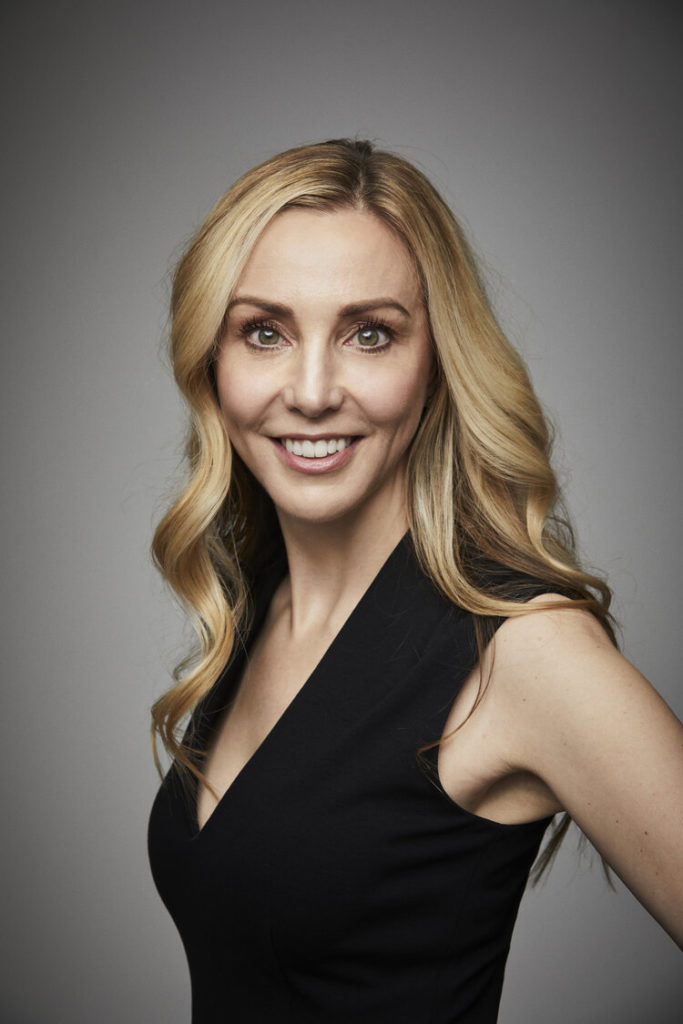These Doctor-Approved Skin Saviors Will Transform Sun Damaged Skin
Heal sun-damaged skin and clear up brown spots with these dermatologist-approved tips.
Chances are you have sun damage in the form or brown spots, wrinkles, redness, and dry skin. Fortunately, there are many products and protocols to help. We tapped Dr. Heather D. Rogers, founder and CEO of Doctor Rogers RESTORE and co-founder of Modern Dermatology in Seattle. Her first rule of thumb? Less is more.

Ingredients to Include and Regimens to Stick With For Sun Damaged Skin:
“When your skin is inflamed or healing you just need to reduce your skin care routine to a few steps,” Rogers told Beautytap. “In the morning, splash your face with lukewarm water. Apply a thick, hypoallergenic face cream with ingredients that nourish and calm the skin like squalane, shea butter, niacinamide, or centella asiatica.”

- Beautytap’s Beauty Experts (facialists, aestheticians, hairstylists, and makeup artists) recommend this rejuvenating cream for flawless skin tone.
According to Rogers, the niacinamide will “visibly reduce enlarged pores, fine lines, uneven skin tone, redness and irritation.” As for the squalane, it helps the skin by replenishing lost fatty acids and antioxidants. For a face cream, she recommends her own cream or lotion, both of which contain niacinamide. “If you’re looking for a decadent rich face cream that contains squalane, I also recommend the Biossance Squalane + Omega Repair Cream.” Rogers also suggests following the cream with a mineral sunscreen — and she loves EleVen by Venus Williams On-The-Defense Sunscreen, which contains SPF 30.

In the evening, make sure you don’t skimp when it’s time to take off your makeup, but be careful about the pH of your cleanser. “Wash your face with a pH-balanced (less than six) gentle cleanser,” suggests Rogers. “My face wash has a pH of 5.25.”
When your skin is inflamed, Rogers explains that it’s important not to scrub, exfoliate or use anti-aging treatments. These products are meant to be tolerated by strong, healthy skin — not skin that’s healing. Speaking of healing your skin, she also suggests that you make sure you’re being cognizant of what you’re eating.
“I also recommend that you avoid inflammatory foods such as sugar and refined carbohydrates,” says Rogers. “Oral probiotics can also help restore healthy organisms to the skin — pick one specially formulated for skin flora and not just the gut.”
If you’re wondering about specific brands of probiotics, Rogers is a fan of the Nue Co Skin Food + Prebiotic and the HUM Nutrition Skin Squad supplements.
How to Help Red Spots, Age Spots and Freckles:
If you’re prone to red spots, Rogers suggests taking a look at environmental irritants like fragrances or essential oils which may be the cause. That said, she notes that age spots can be treated, primarily by lasers. If you’re more concerned about brown spots (or what you may think of as sun-induced freckles), Rogers says that “both lasers and topicals can help.”

“Over the counter options to treat brown spots include sunscreen, vitamin C, glycolic acid, retinol, 2-percent hydroquinone, and Cyspera which is available via SENTÉ,” says Rogers. “Dermatologists can prescribe even stronger options.”
Also, don’t underestimate the importance of sunscreen, hats and sunglasses. Those brown spots will come back the second you let down your guard.

Finally, while Rogers encourages everyone to pay their dermatologist a visit at least once per year, she notes a couple of instances wherein you should consider more frequent visits.
“If you blister after you burn or your burn is not healing, then, yes, go to your dermatologist,” says Rogers. “If you have a personal history of skin cancer then the visits should be scheduled more often.”
Loading...